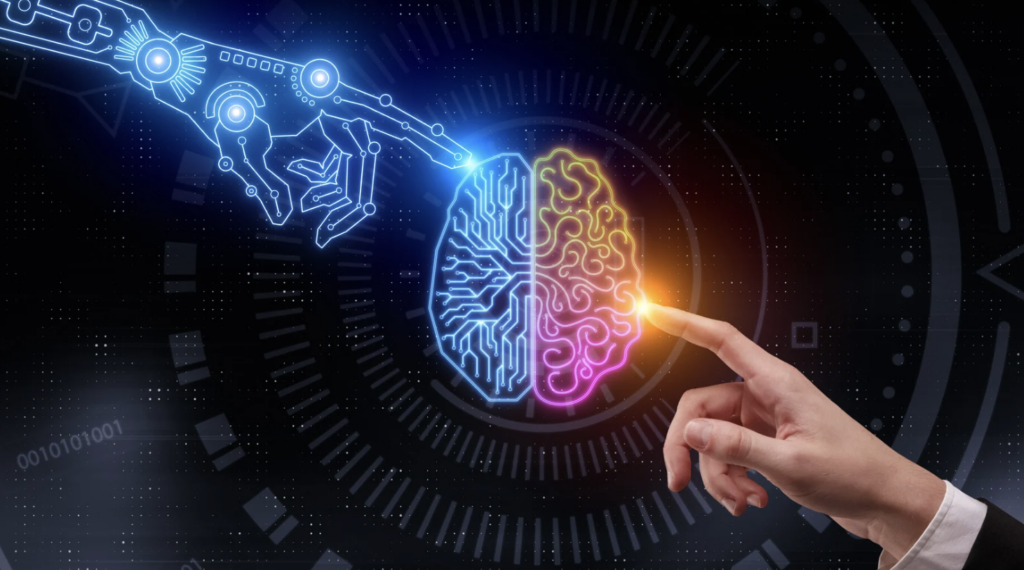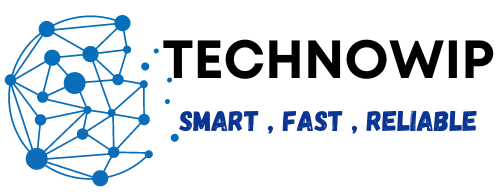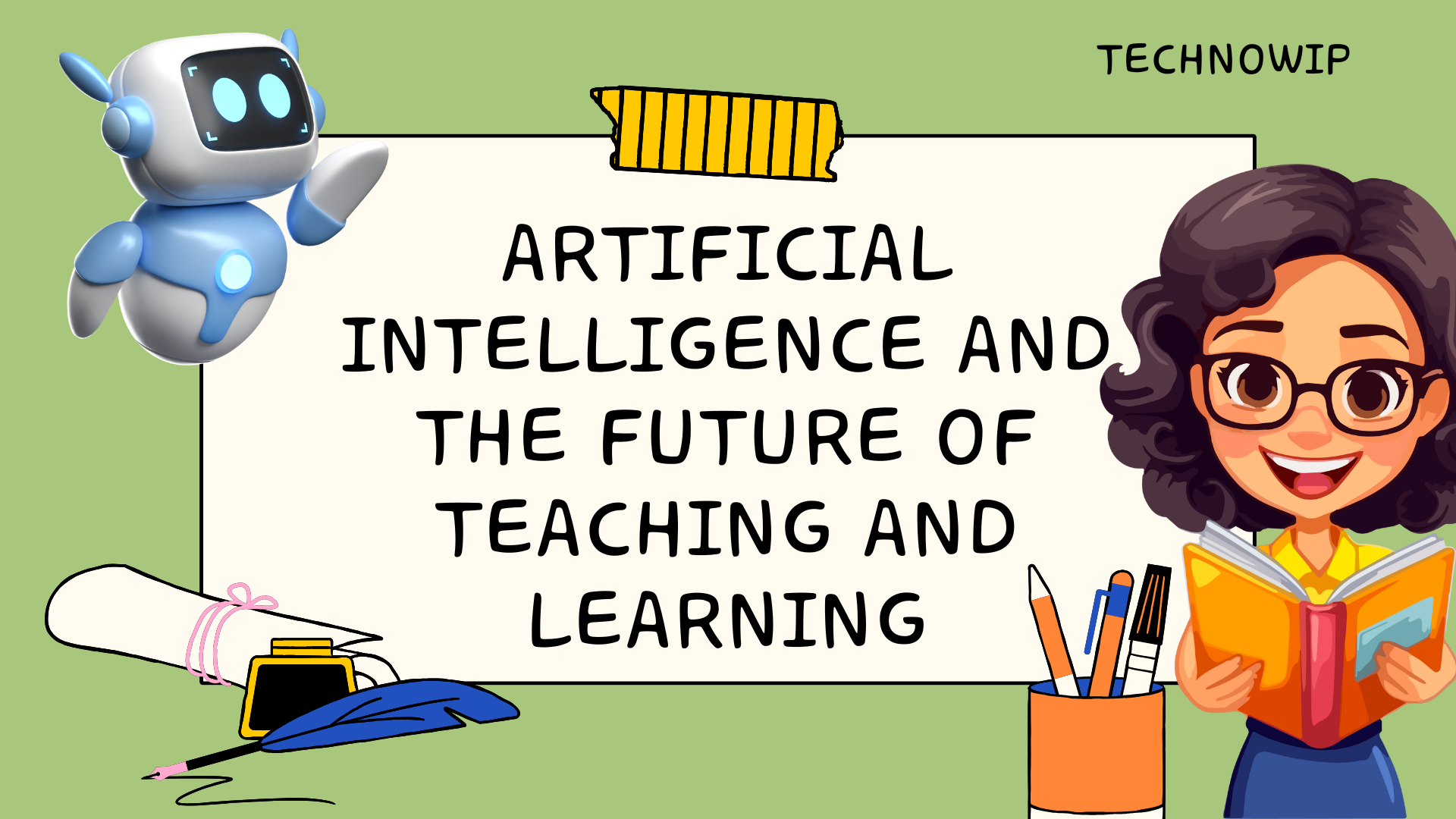Introduction:
The rapid growth of artificial intelligence and the future of teaching and learning. It’s no one of them. As AI technology rapidly evolves and advances, the potential for it to transform teaching, education, and learning has become more apparent. With personalized Education for students to simplify administrative tasks, AI offers educators and students the chance to improve the standard educational process.
What exactly is it that AI will affect our future in Education, and what obstacles and opportunities will there be in the Education blog, we’ll look at the effects of AI on learning and teaching, study current cases, and examine ways AI will transform the educational environment. In addition, we’ll look at possible risks and challenges and provide a balanced viewpoint regarding this amazing technology.

Problem: The Challenges Facing Education Today
The old model of education has existed for centuries; however, it does not meet the demands of education students. As per the National Center for Education Statistics (NCES), around 20 percent of U.S. high school students do not graduate by the deadline. Teachers are also faced with challenges due to the classes that are too large, a lack of resources, and standardized curricula that do not allow for diverse learners.
Additionally, the growth of online learning and the shift towards pandemic-driven remote learning have revealed a gap in the efficiency of traditional methods of teaching. A lot of students have difficulty staying fully engaged in virtual classes as well, and teachers aren’t equipped with the resources to give specific, personalized feedback.
As we advance towards the age of technology, there is no doubt that change will be required. What’s the question: how do we tackle these issues and develop an efficient, customized learning experience?
Agitation: The Pressure to Evolve
The demand to upgrade Education is increasing. Teachers are overwhelmed with administration, which takes time away from their students. In the age of growing Edtech-related tools, it’s not difficult to be overwhelmed by choices and a lack of clarity about which tools can be most efficient.
The stakes for students are more important than they have ever been. The report by McKinsey & Company reveals that half of all work opportunities in the U.S. could be automated before the end of 2030. In order to be competitive in this marketplace, current students must develop sophisticated creative, problem-solving, and technical abilities – qualities that conventional education systems haven’t necessarily designed to impart. In the absence of significant changes, students could be left back in an ever-changing automated world.
Then, where does AI enter the picture? The possibility of AI solving these problems is huge, but how will it actually benefit teachers and students in real-world situations?
Solution: AI’s Role in Education
Artificial Intelligence is poised to transform Education in a variety of ways. These are the areas in which AI is already making significant progress.
1. Personalized Learning
AI helps create individualized learning experiences based on a person’s strengths, weak points, and learning speed. Smart tutoring tools give real-time feedback to students and help them adapt teaching materials and lessons to meet their individual learning needs. AI-powered systems such as Knewton or DreamBox make use of data to alter levels of difficulty for content, making sure that students learn according to their speed and that no student will be lost.
2. Automated Grading and Administrative Tasks
One of the biggest time-consuming jobs for teachers is to grade assignments and manage administrative tasks. Artificial intelligence-powered systems for grading, like the ones used for Gradescope and Turnitin, will assist teachers in saving time while focusing on interaction in the classroom. The tools are able to assess the work as well as provide feedback and can even help identify those areas that require more assistance.
3. Intelligent Tutoring Systems
AI-driven tutoring platforms can offer individual, instant assistance to students. They can receive help at any time they require assistance. Instruments such as Socratic by Google and Carnegie Learning use ML algorithms to analyze the ways students solve problems. They also provide individualized guidance that mimics the personal assistance that human tutors offer.
4. AI-Driven Content Creation
AI helps in producing learning materials that are both engaging and productive, like those produced by Scribe. AI allows these platforms to produce customized textbooks and educational material tailored specifically to meet user’s individual requirements, while being easily updated so as to stay current and fresh.
5. Data-Driven Insights
Artificial Intelligence can analyze vast amounts of student performance data and identify patterns and trends within it. In tracking student progress over time, AI systems can provide important information for teachers and help teachers make informed decisions regarding instructional strategies, intervention, and content delivery.
6. Remote and Hybrid Learning Support
We saw this in the case of COVID-19: remote learning isn’t disappearing. AI instruments can connect the online and in-person education. Platforms like Zoom as well as Google Classroom use AI to facilitate collaboration and communication and AI-powered software assists in making sure that students stay fully engaged and are able to stay on task.
I Think AI Can Revolutionize Education
The most exciting potential of AI is its ability to offer an individual learning experience. I’ve witnessed firsthand how learners benefit when they are able to take their time learning at their speed with no fear of being slowed down or overloaded. AI aids in making this happen by continuously adjusting your curriculum to meet individual needs of the student, as they grow confident of themselves and their talents.
For a learner or teacher, Imagine being able to concentrate on your subject and not worry about routine administrative duties. AI instruments like automated grading will free time for engaging interactions that allow teachers to focus more on making sure students are able to grasp complicated ideas.
What I am most excited about the most is AI’s capacity to give immediate feedback. Being a student myself, I’ve often wanted immediate positive feedback that would assist me in my learning. AI provides feedback regarding assignments or tests, assisting students in grasping complex concepts prior to moving on to the next subject.
Case Study: AI in Action at Georgia Tech
An excellent example of AI helping improve Education is from Georgia Tech’s College of Computing. In 2015, an AI instructor named Jill Watson. It was an incarnation of IBM’s Watson, which was utilized to answer questions during the online course on artificial Intelligence. It answered more than 40,000 inquiries, and students were typically unaware they were communicating with machines instead of humans.
Jill Watson’s capacity to respond to commonly asked questions and provide feedback for assignments proved that AI could function as a teacher assistant to ease the burden on teachers. The achievement in the case of Jill Watson highlights AI’s potential to aid in larger-scale classes and improve the learning experience for students.
I Believe AI Can Help Teachers Focus on What Matters
Teaching should revolve around making connections with students rather than only delivering lectures. Since AI handles routine tasks like the grading process and other administrative tasks, I’m convinced that teachers will be able to concentrate more on building connections with their students and helping them develop. It’s an exciting possibility for me because I can see a world where humans and technology are working together to give students an education that is as good as it can be.
AI is an aid that will help an educator rather than replace it. The human aspect of teaching–understanding emotions, building rapport, and motivating students–is irreplaceable, but AI can make the logistical aspects of teaching more efficient.
I’m confident about the ways AI can transform the way we learn. It will level the playing field, giving students the opportunity to take their time learning at their speed and according to their demands.
Challenges and Ethical Considerations
Although it’s exciting that AI could be in the field of learning, it’s not without challenges. One of the biggest issues is data privacy. In the age of AI technology, analyzing and collecting massive amounts of student information is becoming increasingly necessary to make sure that the data is used and protected responsibly. In a report from the Future of Privacy Forum, 67% of schools in K-12 utilize AI-based technologies, yet the majority of them do not have explicit privacy policies and protections.
Another issue is the possibility of AI perpetuating current biases. If an AI program is developed with biased data the program could result in inequities within the educational system. Particularly, algorithms based on bias could unfairly favor certain groups of students over others categories. In order to prevent this to happen, AI algorithms should be continuously monitored and improved to ensure they’re fair and impartial.
Also, it’s a matter about training teachers. In order for AI to function effectively teachers must be equipped with the required skills and experience to use AI tools. This is the reason why they must take advantage of professional development classes and ongoing assistance.
Conclusion: The Future Is Now
Artificial Intelligence is not just the technology of the future. It is already changing the educational business. From personalized learning to AI-powered administration automation and tutoring, AI is reshaping how we educate and learn. The change, however not without a host of difficulties, like being sure that the information is safe, coping concerns with bias and educating teachers on how to use AI instruments efficiently.
In the end, AI will help create a highly efficient and personalized educational system which is equal and fair. While there are a few hurdles to be overcome, the benefits overshadow the risks. As AI advances and grows in the future, it will play a significant role in the educational system, improving the quality of education and helping improve the quality of education and make it more available to teachers as well as students. Education of education education isn’t only about robots replacing human teachers; it is also about utilizing technology to help teachers and students realize their potential to the fullest. It’s only the beginning, and I’m eager to watch how AI continues to influence Education in the future.
FAQS
1. What are the implications of Artificial Education in Education?
AI has a variety of roles to play in the field of Education, from personalizing learning experiences for students to automaEducationnistrative tasks for teachers. AI provides instant feedback, aid in identifying any areas of students’ education that aren’t being met as well as create content for students that can be customized and aid in the process of making grades. It is the goal of education to be more effective and to be adapted to the student’s needs.
2. What can AI help in personalizing the learning experience for students?
AI aids in personalizing the learning experience by adapting the curriculum and other materials in accordi being to specific strengths, needs and weaknesses of individuals who are taking the course. Software such as intelligent tutoring systems or AI-driven learning platforms makes use of data to modify the content’s difficulty as well as pace and design to ensure that each learner is learning at their own pace and degree of understanding.
3. Could AI be used to replace teachers in the near term?
This isn’t the case. AI does not intend to replace teachers, instead, it is designed to assist teachers. The human aspects of teaching like emotional Intelligence as well as empathy and the personal connections with students can’t be replicated with AI. But, AI aids teachers by performing the same tasks repeatedly, dividing homework, and providing individualized support for students. Teachers are able to stay more concentrated on mentorship and engaging students.
4. What are the possible positives of AI for Education?
AI’s main advantages in AI in the field of Education are:
- Individualized learning experiences for students
- EffectiveEducationand administration assignments for teachers
- Live feedback in real-time for students
- Student engagement has improved, and retention is better
- The information-driven insight that helps educators make better choices
- The learning materials are enhanced and constantly up-to-date
5. Do you have any concerns or issues associated with AI in the field of Education?
Sure, there are many threats and challenges.
- Data Privacy AI education cess and collects huge amounts of information from students, which raises questions about privacy and security.
- Bias In the event that AI systems are programmed with biased data, they could increase the existing inequalities.
- Teacher Education: Teachers have to learn how to use AI effectively. This is a requirement for investment in professional development.
- Reliance on technology too much: Although AI can be useful, human interaction is still crucial in teaching. Relying too heavily on AI can hinder personal connection within the classroom.
6. Are there ways for AI to assist teachers with managing their big classes?
Absolutely, AI can assist teachers with managing large classes by automating the tasks of giving instant feedback and grading. AI tools, such as automated systems for grading and tutoring, are able to help teachers cater to the individual needs of every student, even in classrooms that are crowded with personalized assistance and freeing space for individualized interactions.
7. What are some instances of AI techniques that have been used already in the field of Education?
Examples include:
- Knewton and DreamBox to provide personalized education
- Gradescope and Turnitin for automatic grade-making
- Carnegie Learning for AI-driven tutoring
- Socratic from Google to provide individualized assistance with problem-solving
- Zoom, as well as Google Classroom, use AI to boost communication within the hybrid and remote learning environment.
8. How can AI-powered tutoring systems perform?
AI-driven tutoring programs work by analyzing a student’s performance in tests or tasks and giving personalized feedback. Systems like Carnegie Learning use machine learning algorithms to detect patterns that students use to approach challenges.
9. Does AI alter the way educational content is produced?
Indeed, AI is changing the ways content is produced. AI tools basically allow for the creation of personalized textbooks, educational material, and multimedia content in response to student’s needs. Platforms like Scribe utilize AI to design material that is engaging and adapted to each student’s learning progress It ensures that the content is current and relevant.

